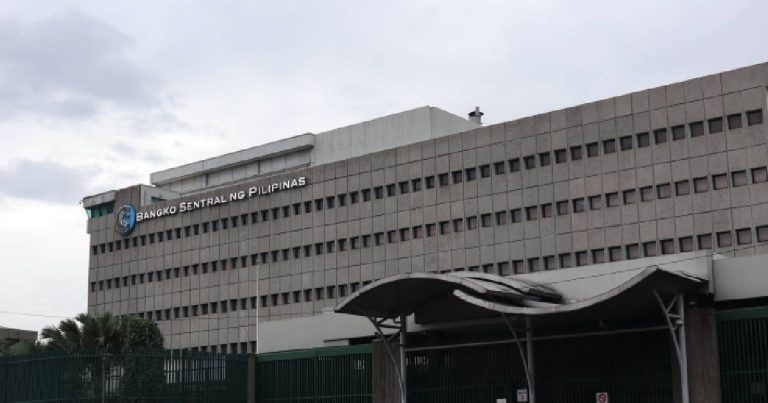12-12-2023 (MANILA) The Philippine central bank is expected to maintain its key interest rate at 6.50 percent for the second time on Thursday, according to a Reuters poll. Cooling inflation and a stronger currency have contributed to the decision, with projections indicating a steady rate until Q2 2024.
In November, inflation reached a 20-month low, coming close to the 2 to 4 percent target set by the Bangko Sentral ng Pilipinas (BSP). Additionally, the peso experienced its best monthly performance in a year following a 25 basis-point hike at the end of October. These factors have alleviated the pressure for further rate increases.
However, considering the possibility of inflation resurging, the BSP emphasized the need for “sufficiently tight” monetary policy until a sustained downtrend is evident. Consequently, rate cuts are not expected until the third quarter of 2024.
Out of the 24 economists surveyed, all but one predicted that the central bank would maintain the overnight borrowing rate at 6.50 percent on December 14, while one economist anticipated a quarter-point hike.
Jin Tik Ngai, EM Asia economist at J.P. Morgan, stated, “Barring significant upside surprises to inflation and a re-tightening in external financial conditions, the policy tightening cycle is likely complete.” Ngai also highlighted that the BSP’s rate cuts would likely be cautious unless there is a global recession or significant deflationary pressures.
Median forecasts indicate that interest rates will remain unchanged until the end of Q2 2024, followed by 50 basis points of cuts in each of the remaining two quarters, aligning with the U.S. Federal Reserve’s projections.
However, there is no consensus among economists regarding the third quarter of next year. Nine out of 20 economists expect rates at 6.00 percent, while four anticipate a rate of 6.50 percent. Three economists each predict rates of 6.25 percent and 5.75 percent, and one economist foresees a policy rate of 5.50 percent by the end of Q3.
Aris Dacanay, ASEAN economist at HSBC, noted, “With risks to inflation still heavily tilted to the upside, it may still be too early to put rate cuts on the table. The economy will need time to pause to ensure that the BSP’s tight monetary stance filters through to the economy.” Dacanay further expects the BSP to gradually initiate its easing cycle after the Fed’s first rate cut in Q3 2024, aiming to mitigate the volatility of the USD-PHP exchange rate considering the wide current account deficit of the Philippine economy.
Despite most Asian currencies experiencing negative performance, the peso has recorded a modest 0.1 percent gain against the U.S. dollar thus far in the year.




